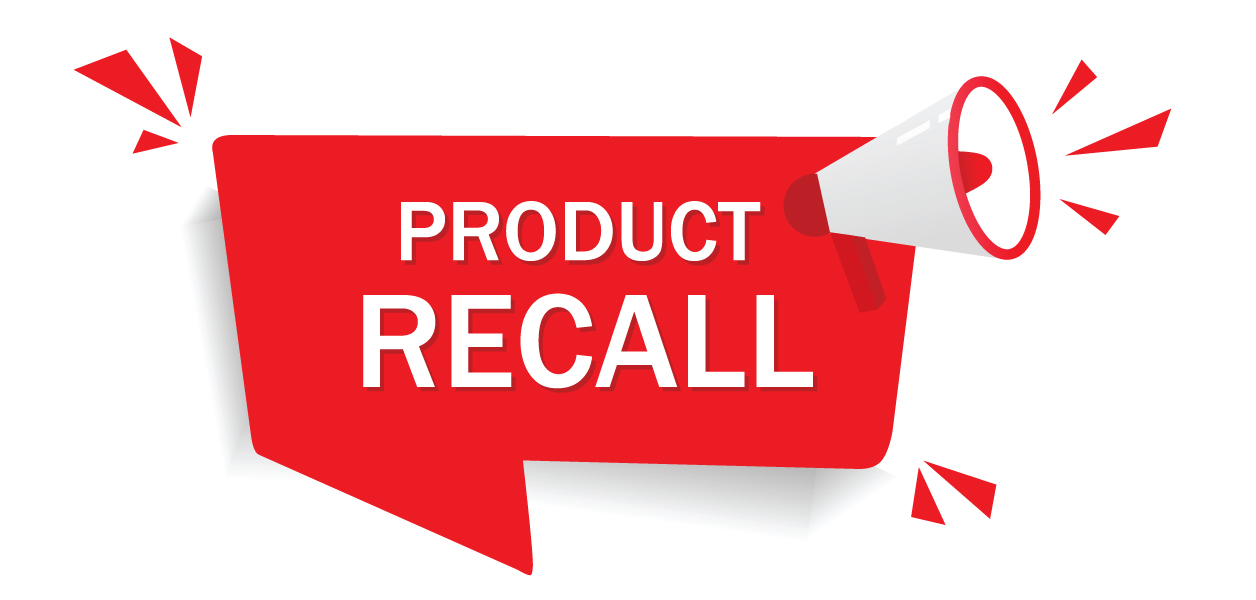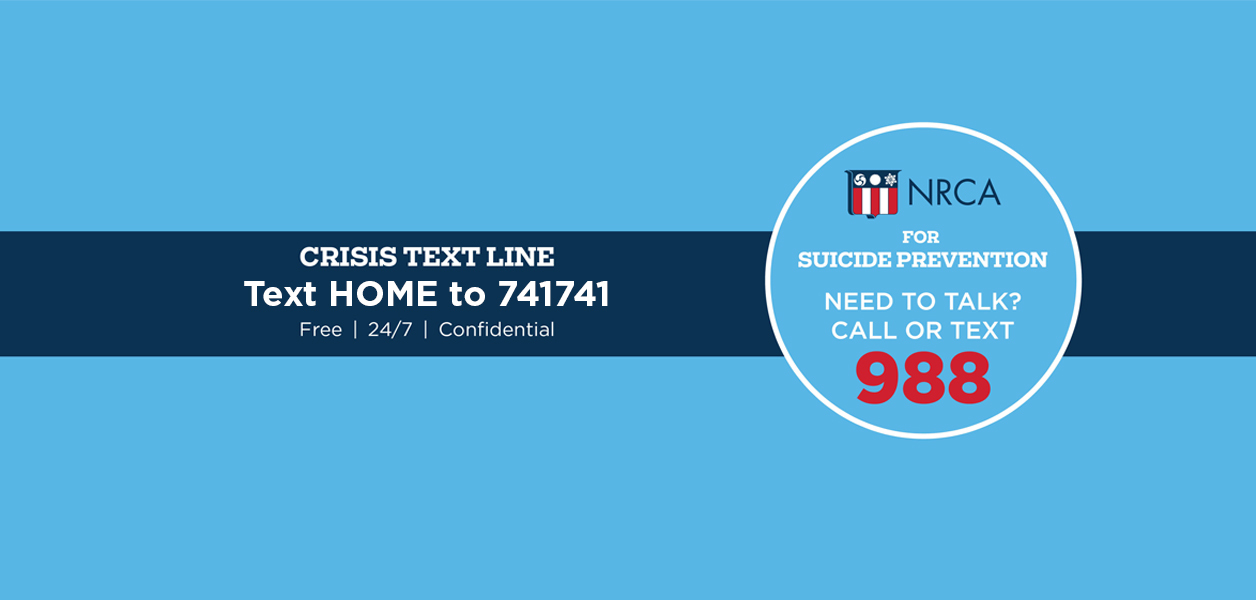It is crucial for construction businesses to identify and evaluate the risks for each project and develop methods to mitigate the effects of such risks, according to www.forconstructionpros.com.
Contractors face various risks, including safety hazards on the job site that can cause injury; financial factors, such as declining sales or economic issues, that affect cash flow; potential legal issues regarding contract compliance; project hazards such as poor resource management, time underestimation and lack of proper policies; and natural disasters that can devastate job sites.
Following are some steps to take to develop a risk management plan.
- Identify the hazards during preconstruction to allow time to plan for them.
- Prioritize risks based on their potential consequences to your business and the likelihood they will occur.
- Establish a response strategy for each risk.
- Choose team members essential to the construction process and investigate their procedures to identify and eliminate hazards when possible.
- For the risks you can address, create a contingency plan—a backup strategy for completing the project if the hazard materializes.
Identifying risks and developing contingency plans can help construction crews handle the unexpected in an efficient manner and allows them to keep the project on budget and on schedule.





